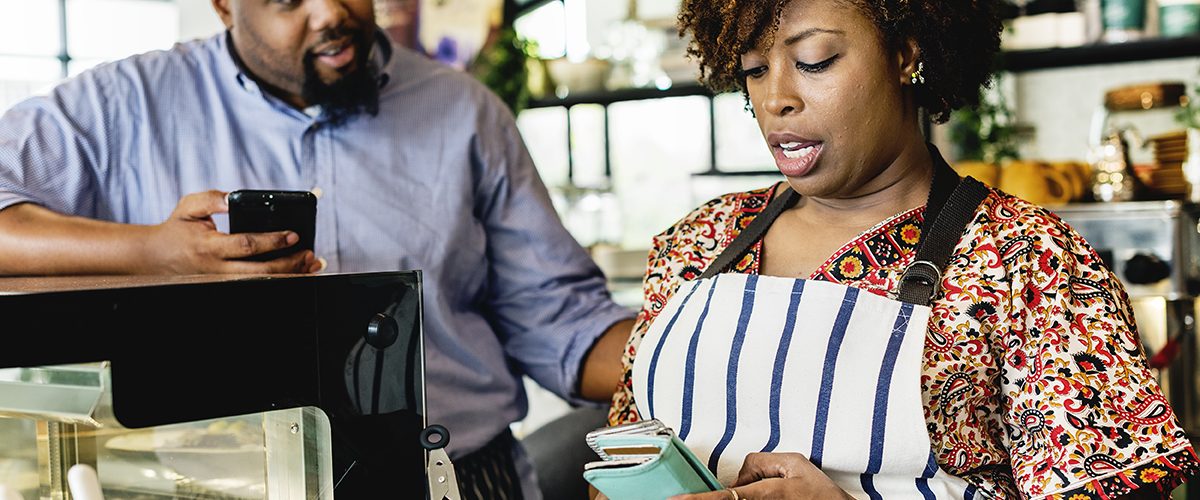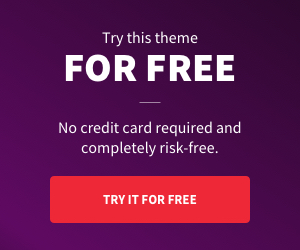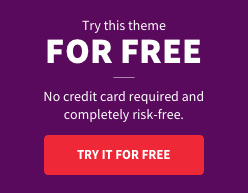Remember the good old days when people would actually walk past your business, peer through your meticulously arranged window display, and—bear with me here—physically enter your establishment? Well, those quaint traditions now exist primarily in Hallmark Christmas movies and your grandfather’s nostalgic ramblings. Today’s consumers are doing their window shopping from bed, in their pajamas, with one hand buried in a bag of chips and the thumb of their other hand scrolling endlessly through Instagram. Your beautifully arranged physical storefront might impress the occasional passerby, but your Instagram grid is being judged by hundreds or thousands of potential customers daily. The platform has essentially democratized visibility—a small boutique in rural Montana can now showcase products alongside major retailers, reaching customers who would never have discovered them otherwise. While your physical store might close at 6 PM, your Instagram storefront works 24/7, giving international insomniacs and midnight scrollers the opportunity to discover your handcrafted artisanal ferret sweaters at 3 AM, precisely when most impulse purchase decisions are made.
In an increasingly automated world where customers half-expect to discover that Amazon’s customer service representatives are actually sophisticated AI bots named Alex who “totally understand your frustration,” Instagram offers small businesses a crucial opportunity: proving you’re actually human. Behind-the-scenes content showing your team hard at work, hilariously relatable business mishaps, or videos of your delivery driver being chased by the neighborhood’s infamously territorial goose humanize your brand in ways no professional marketing copy ever could. This matters because today’s consumers, particularly younger demographics, don’t just want products—they want relationships with the brands they support. They want to know that their coffee was sourced by people who genuinely care about coffee farmers, not by Corporate Coffee Overlord #7. Instagram Stories provide the perfect low-pressure environment for showcasing these human elements—whether it’s your baker’s genuine excitement over a perfect soufflé or your bookstore owner’s heartbreak when a rare first edition gets damaged in shipping. These moments of authenticity forge emotional connections that transform one-time buyers into loyal customers who will defend your business in comment sections with the ferocity of a mother bear protecting her cubs.
“Instagram is basically a tiny art gallery in everyone’s pocket where businesses can showcase their products, personalities, and occasionally, the office dog wearing sunglasses. That last one alone is worth the price of admission.” — Sarah Cooper, comedian
Before Instagram, getting customer feedback typically involved either expensive focus groups (where people lie to get the free sandwiches) or comment cards (which people only fill out when they’re furious about something trivial). Instagram has revolutionized this process by creating an environment where customers voluntarily tell you—and the entire internet—exactly what they think about your products, often in excruciating detail. This unfiltered feedback loop provides invaluable product development insights that previous generations of business owners would have sacrificed a non-essential organ to obtain. When you post a photo of your new seasonal menu items, the comments section quickly becomes an impromptu focus group. “That avocado toast looks amazing but I’d sell my firstborn for a gluten-free option!” is the kind of specific feedback that would have cost thousands in market research just a decade ago. The platform’s interactive features like polls and questions in Stories allow you to directly ask customers what they want to see next—essentially outsourcing your product development team to the very people who will eventually purchase those products. Even the analytics provide priceless intelligence: discovering that your posts about handmade ceramic mugs consistently outperform your handmade plates might just save you from producing inventory that would have gathered dust on your shelves.
The Affordability Factor: Champagne Marketing on a Beer Budget
Let’s address the elephant in the room: traditional advertising is expensive. Like “maybe I should sell a kidney” expensive, especially for small businesses operating on margins thinner than dollar store toilet paper. A modest billboard in a decent location can cost thousands monthly, and a 30-second local TV commercial might require you to take out a second mortgage. Instagram, meanwhile, offers a zero-cost entry point with the potential to reach thousands of customers organically. While paid advertising options exist (and can be remarkably effective when strategically deployed), even businesses with no marketing budget can build a significant presence through consistent posting and community engagement. The platform democratizes marketing in unprecedented ways—a cleverly captioned photo taken on a smartphone can potentially generate more engagement than a professionally produced advertisement that cost thousands. For businesses that do choose to invest in Instagram advertising, the targeting capabilities make traditional advertising look like throwing spaghetti at a wall and hoping some sticks. Rather than paying to reach “women aged 25-54” (as with traditional media), Instagram allows you to target “women aged 28-32 who recently got engaged, enjoy outdoor activities, follow sustainable fashion accounts, and have interacted with wedding content in the past 30 days.” This hyper-specific targeting means even modest advertising budgets can deliver impressive returns when the right customers see your content.
The FOMO Effect: Existing Where Conversations Happen
The harsh reality of modern business is that if you’re not on Instagram, you’re not just missing opportunities—you’re actively creating a perception problem. When potential customers can’t find you on the platform, they don’t think, “How refreshingly old-school that they’ve opted out of social media!” Instead, they think, “Is this business still operational?” or “Are they too outdated to bother with?” or worst of all, they don’t think about you at all because they immediately move on to a competitor who does have a presence. Instagram has become so integrated into the consumer research process that absence from the platform creates a legitimacy gap many businesses can’t afford. Beyond mere presence, the platform creates opportunities for participation in cultural moments and conversations that businesses previously couldn’t access. When a meme format sweeps across Instagram, businesses that cleverly adapt it to their products often see their highest engagement rates—participation in these shared cultural moments signals relevance and awareness that customers increasingly expect. Perhaps most significantly, Instagram creates a community around your business where customers interact not just with your brand but with each other, transforming one-time buyers into community members who feel invested in your success. This sense of belonging is something no traditional advertising channel can replicate, and it’s why businesses that thrive on Instagram often weather economic downturns with a loyal customer base that continues to support them through challenging times.
7 Undeniable Reasons Small Businesses Need Instagram:
The Social Proof Powerhouse — User-generated content of customers using and enjoying your products creates persuasive social proof that influences purchasing decisions far more effectively than any marketing claim you could make yourself.
The Show-Don’t-Tell Advantage — Instagram’s visual nature allows businesses to demonstrate product quality and features rather than just describing them. A beautifully photographed handcrafted leather wallet conveys craftsmanship in ways that product descriptions never could.
Direct Customer Communication — The platform enables immediate, public or private conversations with customers, eliminating communication barriers and creating opportunities to resolve issues before they escalate to negative reviews.
Influencer Ecosystem Access — Even micro-influencers with small but engaged followings can introduce your products to new audiences with the authenticity of personal recommendation, often at a fraction of traditional advertising costs.
SEO Benefits Nobody Talks About — A robust Instagram presence improves your overall digital footprint, with your Instagram account often appearing in top search results for your business name, giving you more control over your online narrative.
The Testing Ground Phenomenon — Instagram provides the perfect low-risk environment to test new product ideas, messaging, or visual directions before committing to major production or rebranding investments.
Competitive Intelligence Gathering — Following competitors’ Instagram accounts provides legitimate, real-time insight into their new products, messaging strategies, and customer pain points you can address in your own business.


































